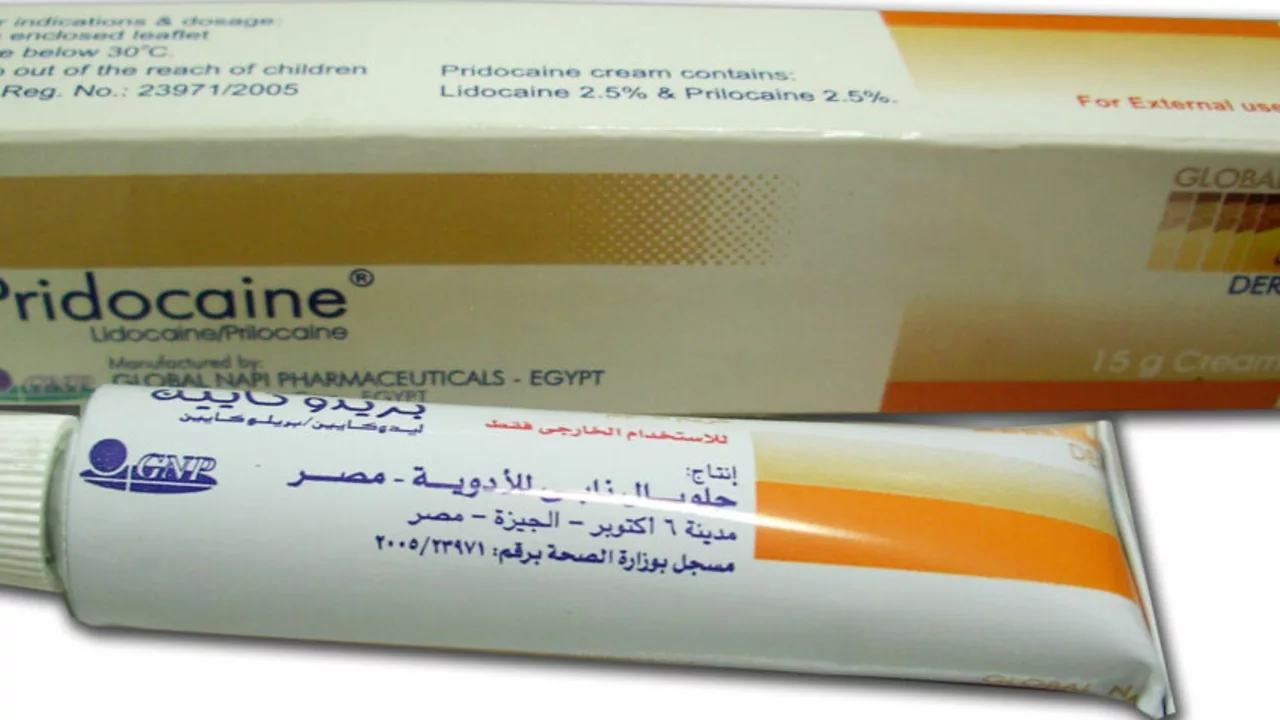Prilocaine — what it is and why it matters
Prilocaine is a local anesthetic used to numb skin, mucous membranes, and deeper tissues for minor procedures. You’ll meet it as an injection in dental or minor-surgery settings and as a topical product (often combined with lidocaine as EMLA cream). It works fast and wears off relatively quickly, so it’s handy when you need short-term numbness without general anesthesia.
How it's used and typical dosing
Topical: When used as a cream (EMLA or similar), apply to clean skin under an occlusive dressing. For good numbness you usually leave it on 30–60 minutes for small areas and up to 120 minutes for thicker skin. Read the product leaflet — timing matters.
Injection: For dental or local infiltration, prilocaine starts working within a few minutes. The exact dose depends on the procedure and patient size. A commonly quoted adult max single dose is around 6 mg/kg, but recommendations differ between products and countries. Always check the specific product leaflet or ask your provider before use.
Combination products: Prilocaine is often mixed with lidocaine in creams to improve onset and depth of numbness. That combo is widely used for venipuncture, minor dermatology procedures, and pain control before injections.
Side effects and safety tips
The most important rare but serious side effect is methemoglobinemia — a condition where oxygen delivery is impaired. It’s more likely with high doses, long exposure, or in infants and people with certain enzyme problems. Signs include pale or blue-tinged skin, shortness of breath, rapid heart rate, or feeling faint. If that happens, seek emergency care.
Common local side effects are injection-site pain, redness, or swelling. Headache, dizziness, and a metallic taste can happen with higher doses. Allergic reactions are uncommon but possible; tell your provider if you’ve had reactions to local anesthetics before.
Special groups: Infants (especially under 6 months) are more sensitive to prilocaine’s effects. Pregnant or breastfeeding people should only use it when clearly needed and under medical advice. If you have severe liver disease, heart disease, or take other local anesthetics or oxidizing drugs, mention this to your clinician.
Tips: always follow dosing instructions on the leaflet or from your clinician, don’t use large amounts of topical prilocaine on broken skin, and avoid combining multiple topical anesthetics without medical advice. Store products at room temperature and keep them out of reach of children.
If you’re unsure whether prilocaine is right for your procedure or medical condition, ask your doctor or pharmacist. They can compare options (like lidocaine) and explain risks specific to your situation.

